In Vietnam, stilt houses play an important role in expressing the unique culture of ethnic minorities, especially in mountainous areas. These architectural works not only provide shelter for residents, but also symbolize the connection with nature and tradition.
Stilt houses are usually built on sturdy wooden pillars, creating a safe living space independent of the surrounding environment. Every detail of the stilt house bears a strong cultural imprint, from the wooden and bamboo floors to the roof covered with palm leaves, guava leaves, thatch leaves or even yin-yang tiles.
Stilt houses are not only the result of creative construction techniques, but also symbolize the harmony with nature and sustainability in the traditional lifestyle of ethnic minority communities.
Stilt houses are not only homes for highland communities but also contain many profound cultural and social values.
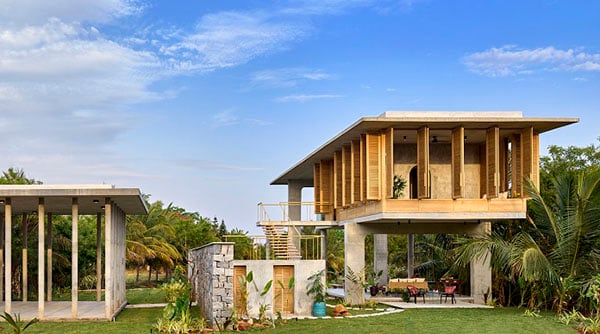
Modern stilt houses are works of cultural art.
First of all, stilt houses represent the diversity and richness of the culture of ethnic minorities in Vietnam. Each ethnic group contributes to creating unique characteristics in the way of building stilt houses, from the structure to the materials used, creating a diverse picture of traditional culture.
In addition, stilt houses also play an important role in protecting people from the effects of harsh nature. Building houses at high altitudes helps protect highland residents from the negative impacts of floods and storms, bringing safety and sustainability to the community.
The common living space in the stilt house architecture also plays an important role in creating family cohesion. The large space of the stilt house creates conditions for family members to gather and share daily life, thereby enhancing understanding and solidarity in the community.
In modern times, stilt houses are not only traditional residences but also become a source of inspiration for many different fields, reflecting the diversity and flexibility in architectural applications.
In the tourism sector, stilt houses have become a popular choice for building homestays and hotels, helping to create a cozy and close-to-nature space. Visitors not only experience traditional culture but also have the opportunity to live in a unique and unusual space.
In the field of education and culture, the architecture of stilt houses is used as exhibitions and museums to introduce the culture and history of ethnic minorities. This not only educates but also contributes to maintaining and developing traditional cultural values.
In addition, in the religious field, stilt houses also play an important role. Religious buildings such as churches and pagodas in stilt house style are not only places for believers to gather to perform rituals but also symbols of connection with local spirituality and culture. This demonstrates the flexibility and diversity in the application of stilt house architecture in today's society.
Modern stilt house design and construction
In recent times, modern stilt house architecture has become popular and has witnessed many significant improvements in design, materials and construction technology. The prominent features of modern stilt houses include:
Clear structure and design: Modern stilt houses often undergo many design steps from building main columns, stairs to roofs, room partitions and flooring. Respecting traditional construction combined with technological innovation helps create stilt houses with unique artistic accents.
Combining modern building materials: Modern stilt houses are often built on wooden pillars for stability and durability. While wood is still traditionally used, reinforced concrete and other modern materials such as mirrors and glass are becoming a new trend, combining traditional and modern materials.

Modern stilt house.
Stair: The stairs in the new-style stilt house are not only a means of transportation but also considered as works of art, with special attention to details and beautiful patterns. The floor structure is carefully designed to ensure safety and aesthetics, depending on the purpose of the house.
Modern stilt house architecture is not only a symbol of diversity and creativity but also shows the blend of tradition and modernity in construction art.
Reasonable construction costs
Despite the variety in design, the cost of building a modern style stilt house is generally considered reasonable, especially when compared to other architectural works. This cost includes not only the materials but also the effort to create the unique features and architecture of a modern stilt house.
These features highlight the uniqueness and modernity of the stilt house, maintaining traditional values while still meeting the needs and tastes of modern users.



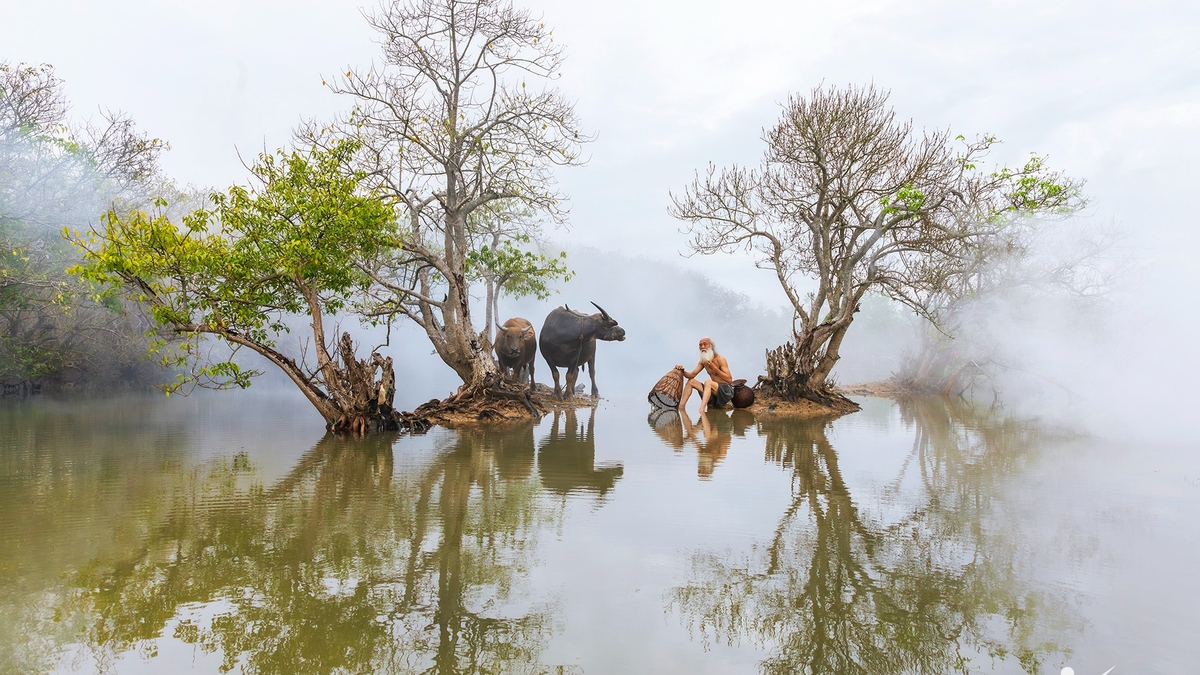




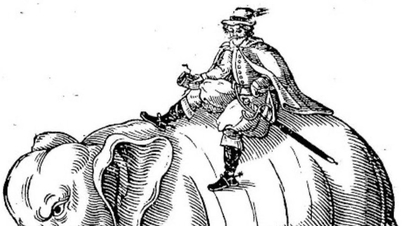













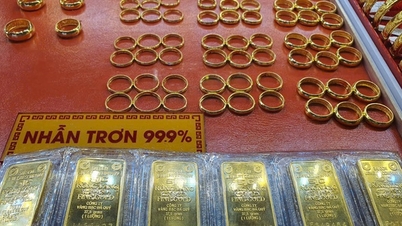
































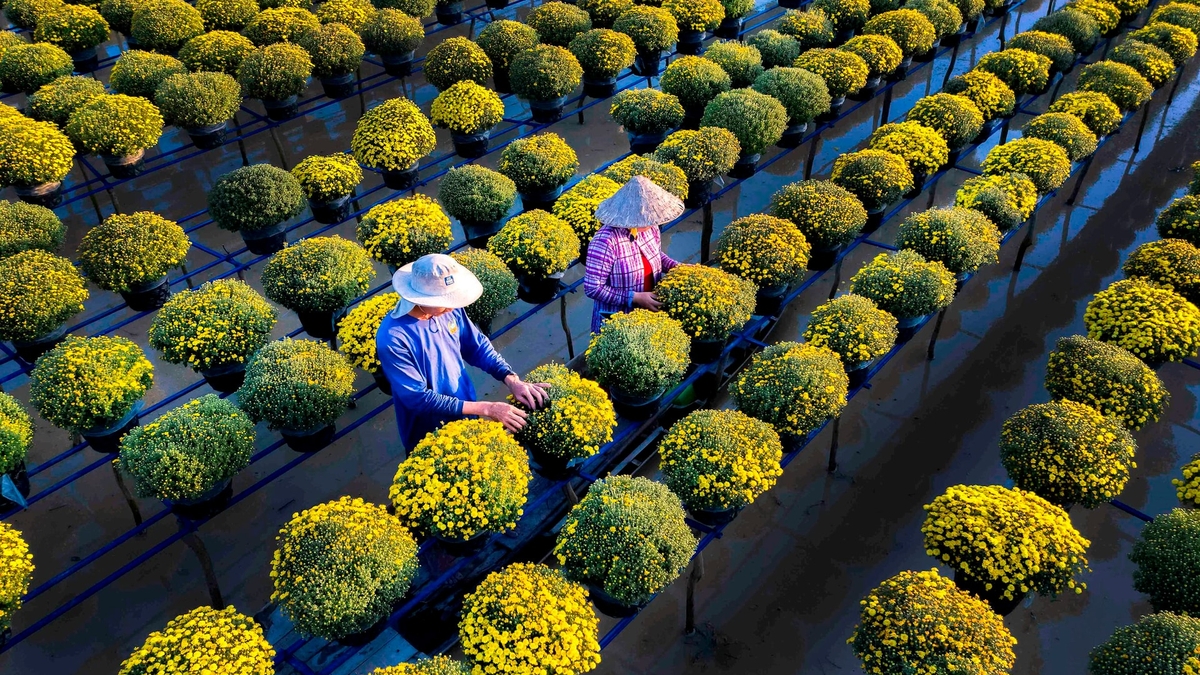





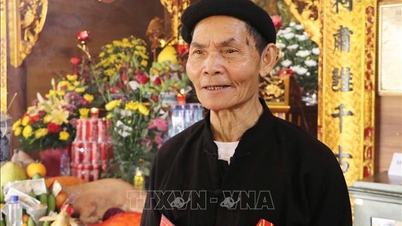








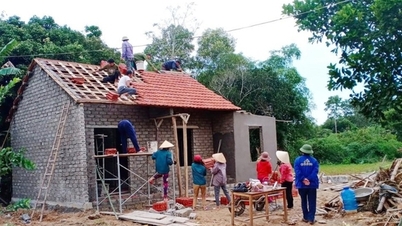


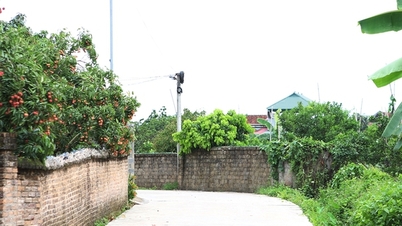



























Comment (0)